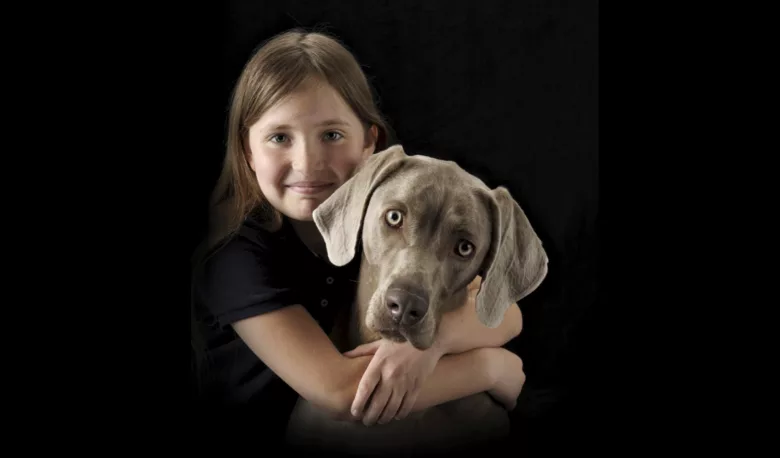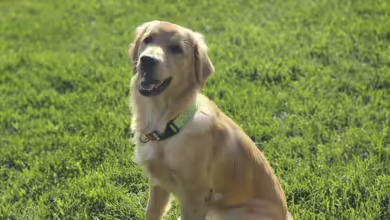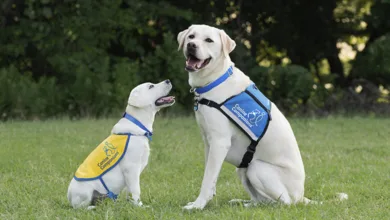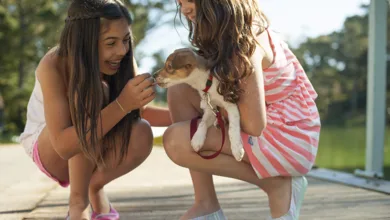Kids and Dogs

Proper Behavior
From time to time we hear on the news about a child who was bitten by a dog and we wonder what happened. Was the dog aggressive? Or was the child behaving inappropriately?
Here are a few things must-knows on how children (and adults) should behave around strange dogs and dogs they know.
A good rule to follow is a child should always ask permission from the owner to pet a strange dog. Some dogs are not friendly to people they do not know, especially if they are small children. Once you get permission, the child should extend his or her hand so the dog can sniff it. If the dog moves away, he is not interested and should be left alone.
If the dog is interested, the child’s hand should go under the dog’s chin or to the side of his face for the first pet. Do not move your hand over the dog’s head for the first pet. That can be frightening for the dog. Once the dog has accepted the initial pet, you can continue to pet her for as long as the dog will allow.
When your grandchildren visit and they already are familiar with your dog, what should you watch out for?
The child should always be gentle. Do not allow a child to sit on your dog, to hit him, pull on his ears, or play with the dog’s nose or tail and definitely do not tease the dog.
Make sure a large dog doesn’t overpower a smaller child. At least initially, it is a good idea to not allow the child to feed the dog, especially if you know your dog can be food aggressive.
Always make sure the child and the dog are supervised when they play. If things get out of control, they can always be separated. For the safety of both your grandchildren and your furry friend, make sure both treat each other appropriately so playtime is safe.






